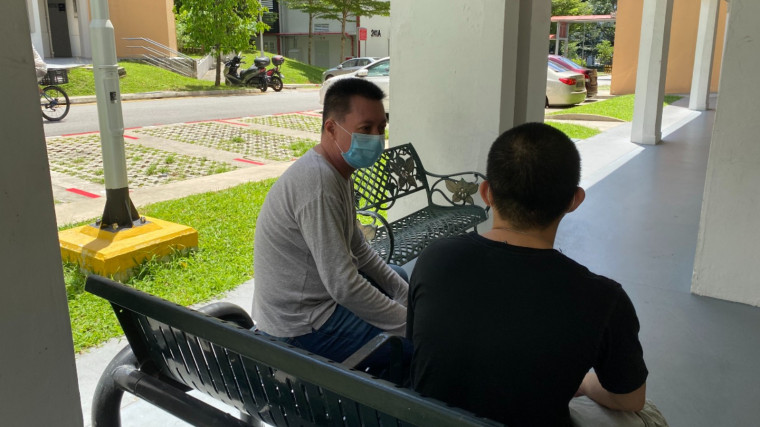Mental health awareness has come a long way and we have had campaigns to destigmatise mental illness. People are learning that it is okay to seek help for their conditions but what happens after that? How does recovery and reintegration work?
John Leow, 49, has helped many individuals on their road on their mental health journey.
He has been working for the past 2 years as a deputy head at SAMH Group Homes, one of the rehabilitation services under the Singapore Association for Mental Health (SAMH), set up in 1968.
The Group Homes are a group of fully furnished housing units in Bukit Batok where clients live together, two to a room, supporting each other in their rehabilitative journey.
It was set up in 1995, at first as a rehabilitative centre for women but subsequently became a place to help individuals with psychosocial support, counselling and case management. Clients are normally referrals from the Institute of Mental Health, social workers or psychiatrists.
John, who is also a trained counsellor, tells The Pride: “Many patients who are discharged are not ready for integration. We provide temporary shelter for those who are not ready or their families are not ready for them to come back. So what we do is further enhance the readiness of the individual.”
“We push our clients out to work and interact. We also arrange some social activities for our clients to help out at the residents’ committee within the area so that they can interact with the community”
Helping clients walk the road to recovery
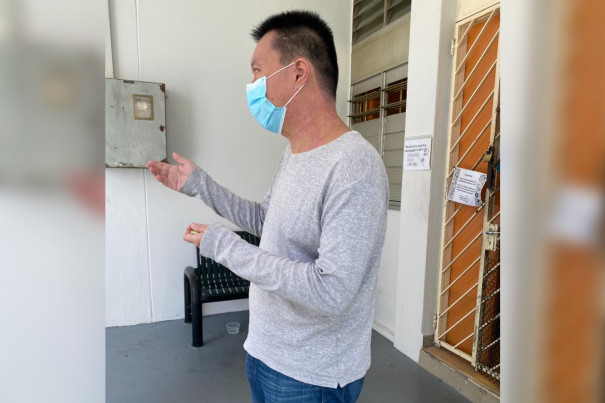
The age of the clients range from twenty to sixty. The majority have schizophrenia, some have depression, obsessive compulsive disorder (OCD) or are bipolar, says John
“We help them to further prepare themselves, to be able to cope better. Sometimes, they have medicine compliances (courses of medicines to keep to), so we teach them about illness management and what they should do with that knowledge.”
John recounts a client who has bipolar and schizoaffective disorder. He was unable to return home to his family due to his condition.
“The challenges he was going through could cause him to relapse at any time so we ensured that he knew he had support. We have a 24/7 hotline for Group Homes clients to call in.”
“He also couldn’t hold a job.”
Clients often also have problems finding employment as employers often do not fully understand their mental health issues. That’s why John and his colleagues work with potential employers to reassure them and educate them on how best to handle their clients.
In this case, John signed up his client for traineeship courses to help identify the skills needed for him to become more employable.
He says: “Employers are often concerned about their performance and their capabilities so we often set up a trial period for them.”

“The counselling sessions can be quite intensive but by continuously supporting them, they regain their confidence.”
Additionally, the Group Homes provide familial counselling as older parents often do not understand what their adult children are going through. It’s about educating their families to understand their conditions better, he says.
“There are some families who are still not ready (to accept their children) but we continue to work with them and help them process their concerns. So that they can eventually be a source of support as well.”
The ideal outcome, says John, is for clients to go home to their families or find a workplace they are happy at.
He adds: “For this client, his family actually wanted him to come home but he wanted to achieve certain personal milestones like getting his own flat so we helped him with the necessary applications. Now, he has his own place to stay.”
Even after clients leave, the support continues after discharge. There is a mobile support team to follow up and check in their well-being and medicine compliance.
“It’s about continuity of care. Once you’re out, it’s a different thing. So we want to provide support and check on everyone,” John says, adding that this client of his still drops by to say hi to the team.
Finding inspiration
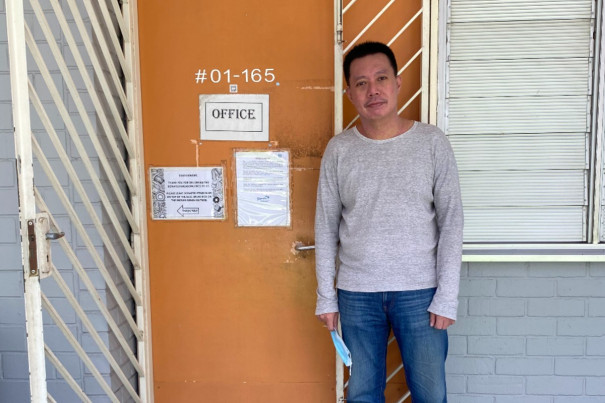
John says he got into social service after the birth of his first child (he has two daughters). He laughs: “I wanted to be a good role model and hopes she can learn to help others.”
Before joining SAMH, John was already in the social services sector for 10 years. Before that, he worked in the private sector.
He says: “I used to work in the corporate sector. The only satisfaction you get is monetary gain. However, in social service, it’s a different type of satisfaction.”.
Of his time in social service, John says: “I worked in various sub-sectors and I found it was all interconnected.”
He has helped ex-offenders, especially those with drug addictions, and realised that many would have substance abuse psychosis or psychiatric issues on top of drug abuse issues.
He also worked with people with disabilities. “At the point of time they have suffered a loss of one of their functions, many would undergo depression.”
From his work with these marginalised groups, John realised how mental health issues were a common challenge. He wanted to support them more holistically and decided to join SAMH.
John shares: “I believed I could make a contribution and I could do something to help others to gain satisfaction and have fulfilment in life.”
Dealing with challenges

Having a job like this is not without its challenges. John admits that being at the forefront of mental healthcare and helping individuals directly with their conditions and recovery brings a great amount of stress.
“In all social service work, we would all experience stress. We are all trying our best to contribute and it does take a toll. We all have to make personal sacrifices,” he says.
But he does not let it get him down. John says: “When I see the work that is done and clients’ recovery, it motivates me to work harder.”
That said, he did find it hard to find a balance in the beginning. “I was so passionate about starting out, joining a new area of social work. However, my boss told me to relax and not overwork myself!”
He realises that pacing himself and self-care is important for sustainability.
“We need to keep track of our personal well-being and be aware of our mental health as well.”
“We’re in a marathon, not a sprint. So, there will be times we would rush a lot of things, but we need to remind ourselves to take a few days off.”
Other stories you might like

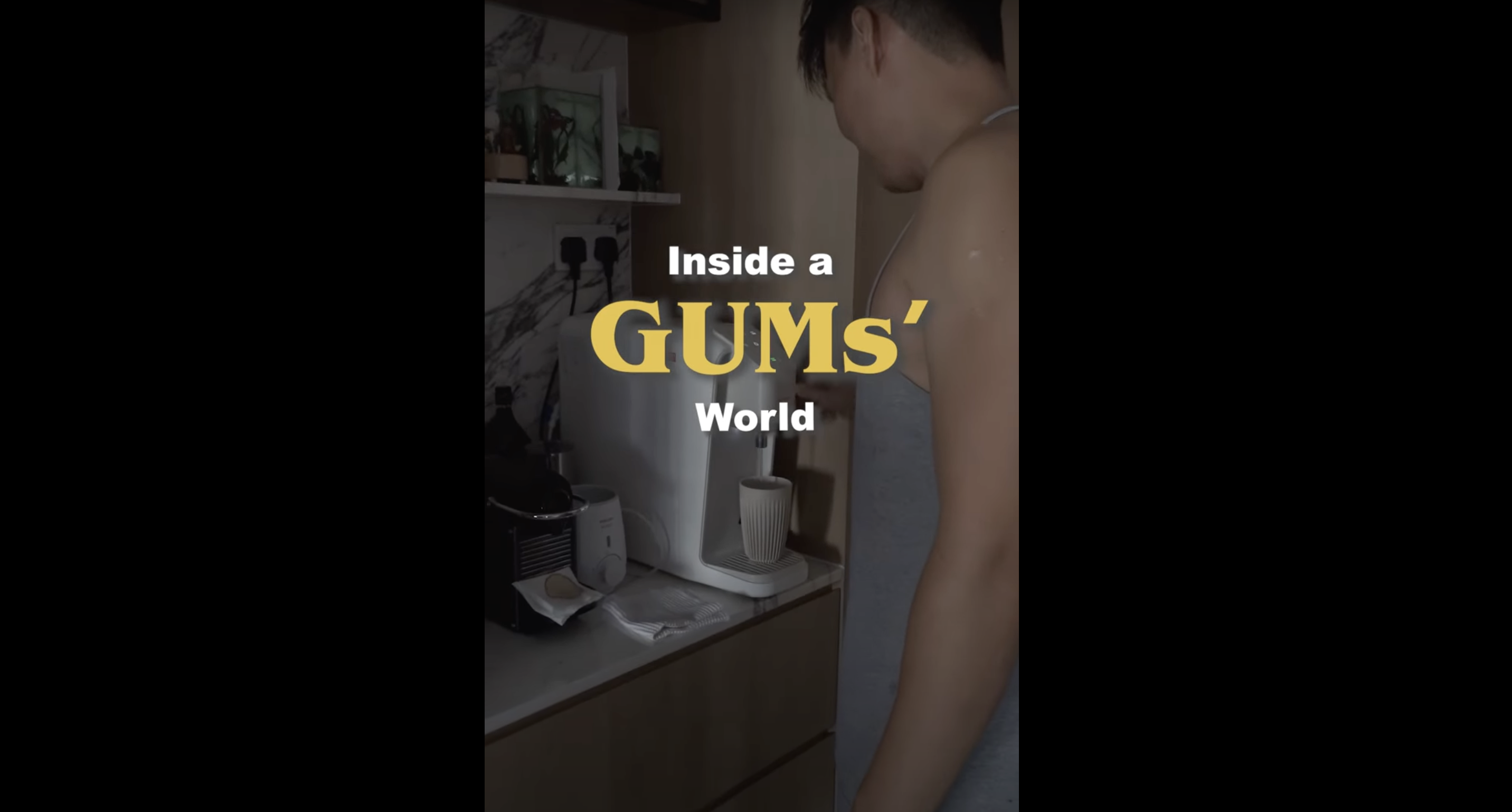

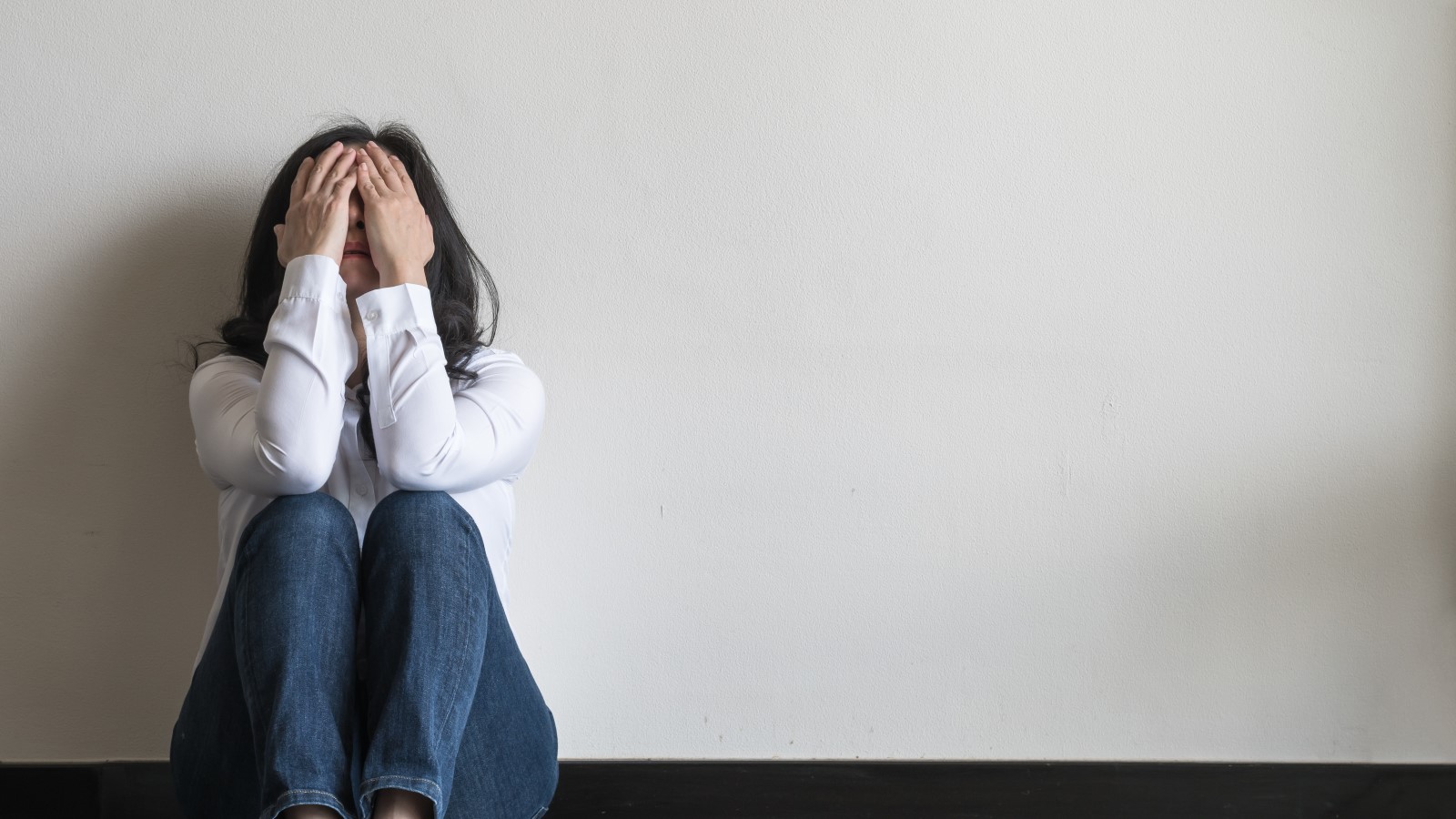
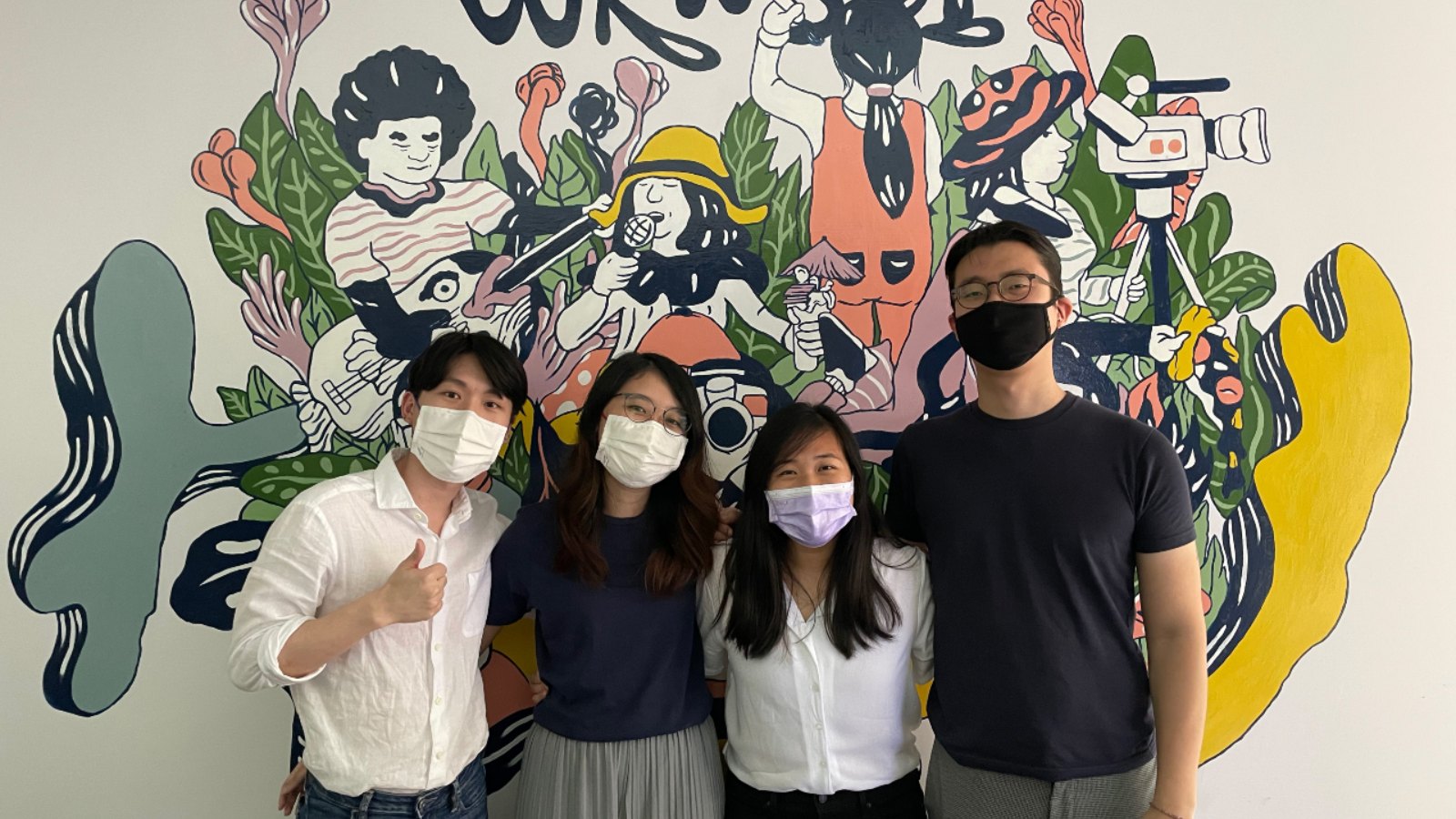
John normally takes his leave to recharge if it gets too much for him. He also has his colleagues cover for him if he needs to take a break.
Another challenge he faces is the lack of respect that many people have for those working in the social services sector. “The ROI (return-on-investment) is not there and many people have asked me why I would want to join social service.”
Even though the pay may be less, his resolve is strong.
“We have our reasons for joining the social sector. We believe in helping others and get satisfaction from that. We don’t just impact one individual. We get to see how that individual grows and progresses. It is worth it.”
Then he jokes: “Of course it would be good if we could adjust our salary!”
Future plans
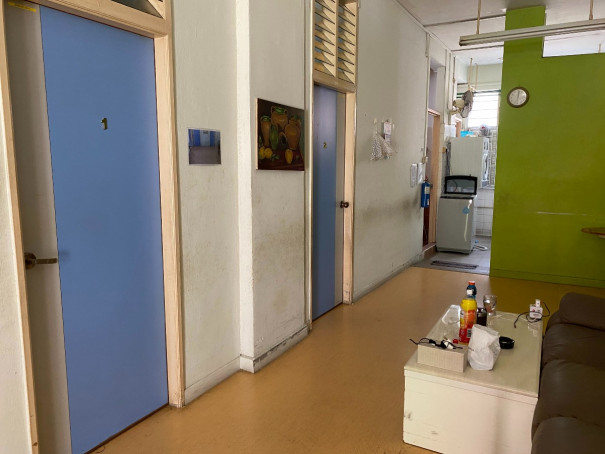
John says that the residents around the area have taken well to their presence. There’s a food donation box at the front door and it is often filled with bread and other food.
That is encouragement for him to plan to expand: He hopes to grow the number of units and work more closely with Institute of Mental Health (IMH).
“We are also working towards getting volunteers,especially on the psycho-social front to help out.”
Covid-19 has been hard on the Group Homes. Even though it is considered part of essential services, there are a lot of restrictions, especially those that affect their clients.
“Some clients have lost their source of income so we have to be there to provide support. However, most have kept their jobs as delivery riders and security guards,” he says.
John often tells his clients to keep the team updated on where they were moving around and to make sure they stayed safe.
“I can only be there to provide support and I will continue to do my best as long as I can. I have been able to see how support has helped people and see the smiles on their faces. So, I want to continue doing that.”
If you like what you read, follow us on Twitter and Google News to get the latest updates.
